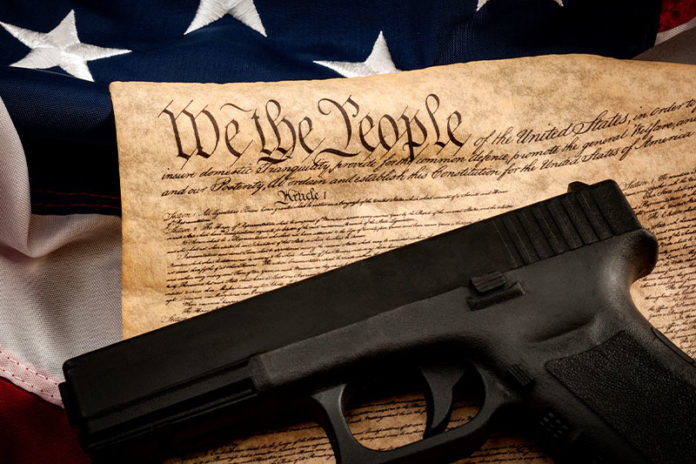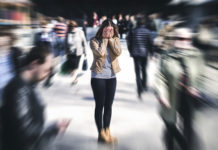New York’s uniquely onerous restrictions on transporting guns were so hard to justify that the city stopped trying. Instead, it rewrote the rules after the Supreme Court agreed to consider a constitutional challenge to them, and now it argues that the case is moot.
Despite the obvious vulnerability of New York’s regulations, the city successfully defended them for five years, obtaining favorable rulings from a federal judge and the U.S. Court of Appeals for the 2nd Circuit. That track record highlights a glaring problem the Supreme Court could address if it rejects the city’s mootness claim: More than a decade after the justices recognized that the Second Amendment imposes limits on gun control, lower courts routinely treat the right to keep and bear arms as a minor hindrance that can be overcome by the slightest excuse.
Under New York’s rules, licensed pistol and revolver owners were not allowed to leave home with their handguns, even if they were unloaded and stored in a locked container separate from the ammunition, unless they were traveling to or from one of seven gun ranges in the city. If a New Yorker wanted to practice at a range, participate in a competition or defend himself at a second home outside the five boroughs, the only legal option was to buy (or rent) additional handguns.
The justification for those seemingly arbitrary restrictions was always hard to fathom, as Justice Ruth Bader Ginsburg, no one’s idea of a Second Amendment fanatic, noted during oral arguments on Monday. “What public safety or any other reasonable end is served by saying you have to have two guns instead of one,” she wondered, “and one of those guns has to be maintained in a place that is often unoccupied and that therefore (is) more vulnerable to theft?”
Richard Dearing, the attorney representing New York City, was stumped. “Petitioners have identified a difficult application of our former rule that wasn’t really contemplated when the rule was adopted,” he said.
Justice Samuel Alito asked Dearing if New Yorkers are “less safe” now that the city has loosened its restrictions. “No, I don’t think so,” Dearing replied. “We made a judgment, expressed by our police commissioner, that it was consistent with public safety to repeal the prior rule.”
In that case, Alito wondered, “what possible justification could there have been for the old rule, which you have abandoned?” Dearing again had no good answer, except to say that it was a bit easier for police to verify that a gun owner was on his way to or from a range on Staten Island, as opposed to a range in Yonkers or New Jersey.
Restrictions on fundamental rights usually pass muster only if they are narrowly tailored to further a compelling government interest — in this case, preventing gun violence. But as the gun owners who challenged New York’s rules note, “The only ‘evidence’ the City has ever mustered to support the tailoring of its policy is an affidavit from a former commander of the state licensing division hypothesizing, with no evidentiary support whatsoever, that the mere presence of a handgun — even unloaded, secured in a pistol case, separated from its ammunition, and stowed in the trunk of the car — might pose a public-safety risk in ‘road rage’ or other ‘stressful’ situations.”
That implausible scenario was enough to persuade the 2nd Circuit. In the appeals court’s view, the city’s assertion that the transport ban was necessary to protect public safety — a claim it has now disavowed — outweighed the plaintiffs’ “trivial” interest in using their guns for self-defense outside the city or in honing the skills required for that constitutionally protected purpose.
Such casual disregard for the right to keep and bear arms is plainly inconsistent with what the Supreme Court has said about the Second Amendment. That’s why the city is so desperate to prevent the justices from considering an argument that was good enough until now.






























